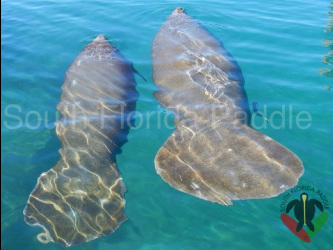
 Our tours on Saturday Jan 18 and Sunday Jan 19 couldn't have been better. We paddle boarded over to Peanut Island during the incoming high tide. Winds were 10 -15 mph out of the north west. The water was a beautiful aquamarine color. The air temperature was a chilly 50 degrees when we first began our paddle warming to the low 60s. As we approached the South end of Peanut Island both days we encountered lots of manatees. Below you can see lots of pictures of the manatees and how beautiful the water was.
0 Comments
This morning when we departed for the Eco tour temperatures were in the low 50s. We made our way to the back end of Munyon Island where conditions were perfect. There we were greeted by a mom manatee with her calf. The water was so clear we could see the calf nursing. We also encountered 4 more manatees on the Eco tour. Below are some pictures from the tour.
Today was the first cold day of the winter season. We had just a few people who showed up for the Eco tour still wanting to paddle board in 20 mph winds. They were brought to the backside of Munyon Island where they encountered a manatee eating and several spotted eagle rays.
OSPREY RESCUEWe found and rescued an osprey yesterday with its wing wrapped in fishing line hanging from the mangroves. In the pics u can see the fishing line being cut off, but the bird's wing was broken. The osprey was taken to Bush Wildlife to be further treated.
Popular birds of the estuary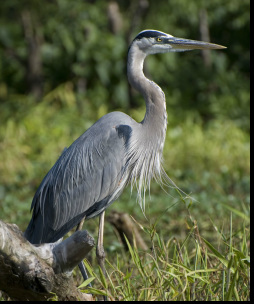 Great Blue Heron The Great Blue Heron is a large wading bird in the heron family, common near the shores of open water and in wetlands over most of North America and Central America as well as the Caribbean and the Galapagos Islands. Voice The call is a harsh croak. The heron is most vocal during the breeding season, but will call occasionally at any time of the year in territorial disputes or if disturbed. Habitat The Great Blue Heron can adapt to almost any wetland habitat in its range. They may be found in numbers in fresh and saltwater marshes, mangrove, swamps, flooded meadows, lake edges, or shorelines. They are quite adaptable and may be seen in heavily developed areas as long as they hold bodies of water bearing fish. Great Blue Herons rarely venture far from bodies of water but are occasionally seen flying over upland areas. They usually nest in trees or bushes near water's edge, often on island (which minimizes the potential for predation) or partially isolated spots. Diet The primary food for Great Blue Heron is small fish, though it is also known to opportunistically feed on a wide range of shrimp, crabs, aquatic insects, rodent and other small mammals, amphibians, reptiles, and small birds. Herons locate their food by sight and usually swallow it whole. Typically, the Great Blue Heron feeds in shallow waters, usually less than 20 in deep, or at the water's edge during both the night and the day, but especially around dawn and dusk. The most commonly employed hunting technique of the species is wading slowly with its long legs through shallow water and quickly spearing fish or frogs with its long, sharp bill. Breeding This species usually breeds in colonies, in trees close to lakes or other wetlands. Although nests are often reused for many years and herons are socially monogamous within a single breeding season, individuals usually choose new mates each year. Males arrive at colonies first and settle on nests, where they court females; most males choose a different nest each year. Eggs are usually laid at 2 day intervals, incubated for around 27 days and hatch asynchronously over a period of several days. The first chick to hatch usually becomes more experienced in food handling and aggressive interactions with siblings, and so often grows more quickly than the other chicks. Spotted Eagle Rays, Aetobatus narinari
Today a group of us woke up early and paddled around Peanut Island. What a delightful paddle we had. Within 10 minutes we were greeted by 3 manatees, one swam beside us as we continued our paddle. About 15 minutes later we paddled by 2 more manatees (a mom with her young calf). Conditions could not have been better, light winds, sunshine and 80 degree temperatures.
welcome to the mangroves
|
AuthorHello! Archives
April 2015
Categories
All
|

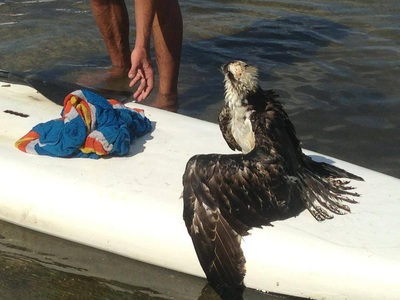
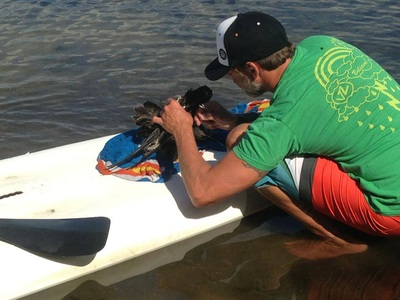
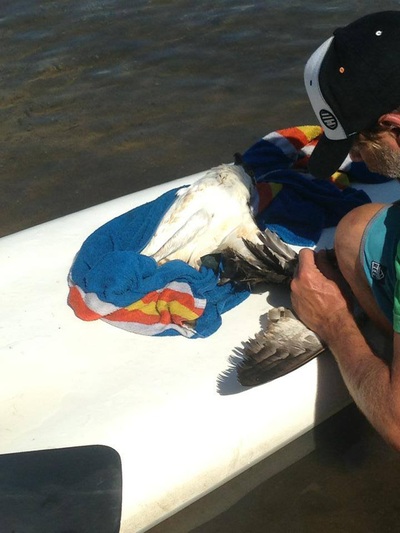
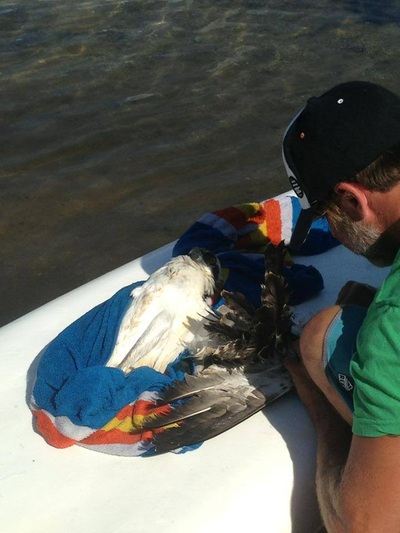
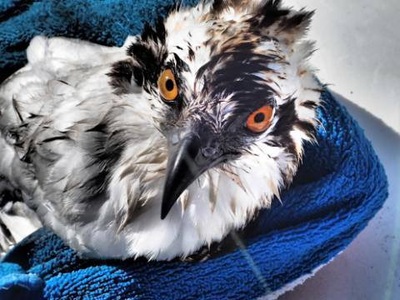
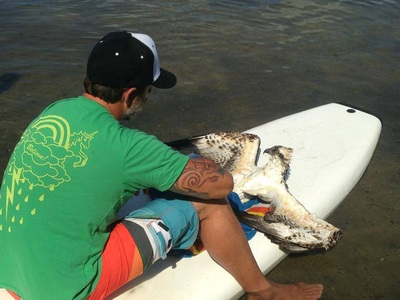
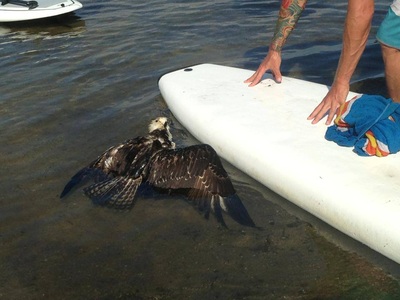
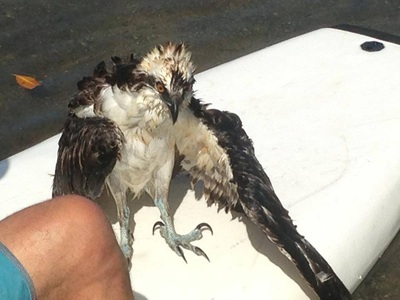
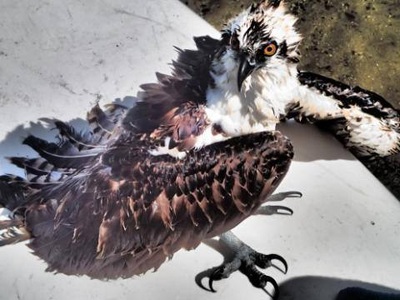
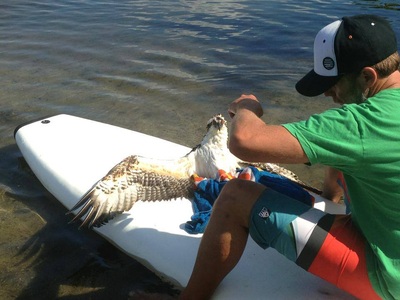
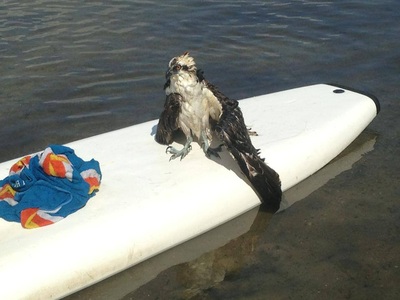
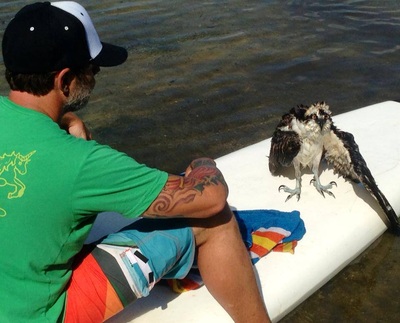
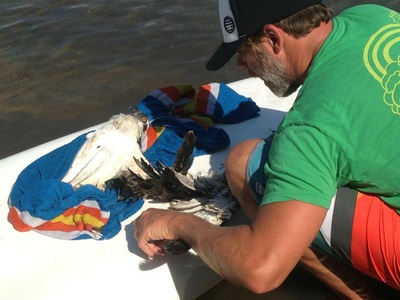
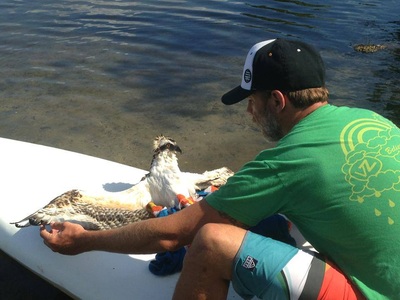
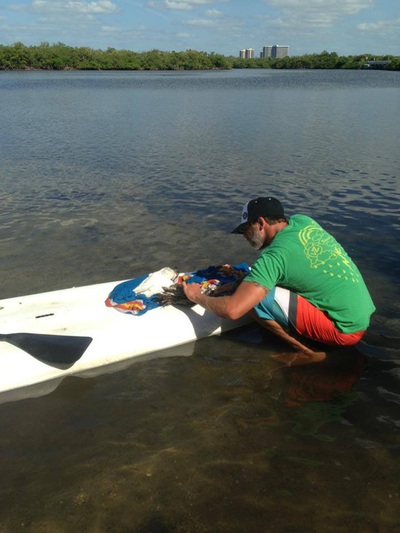
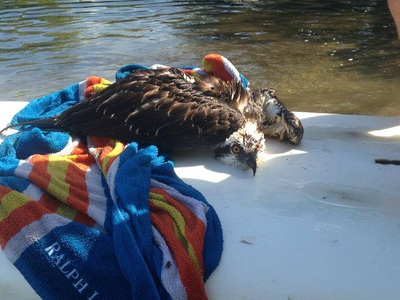
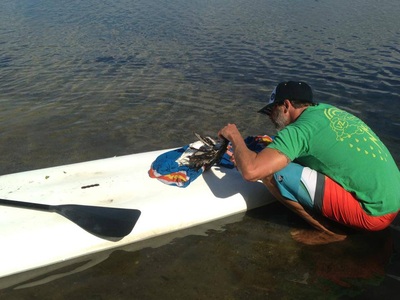
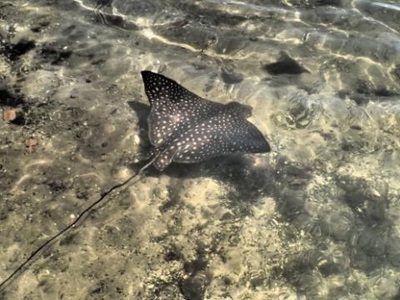
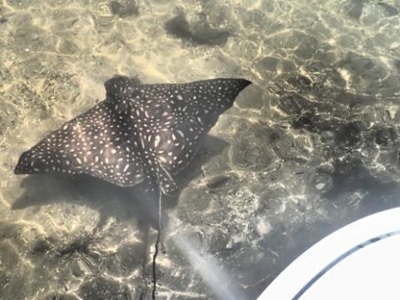
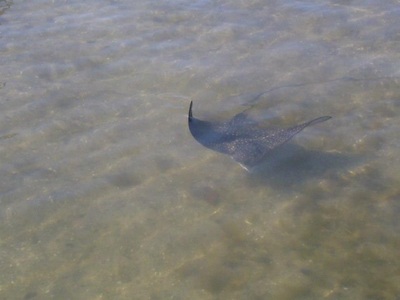
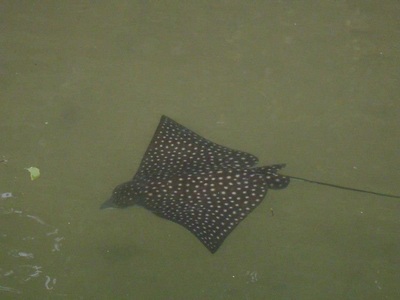
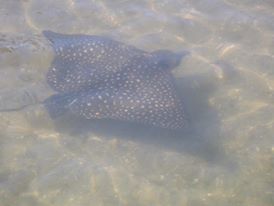
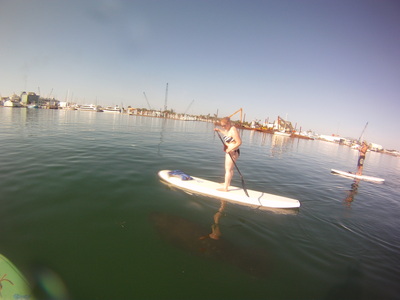
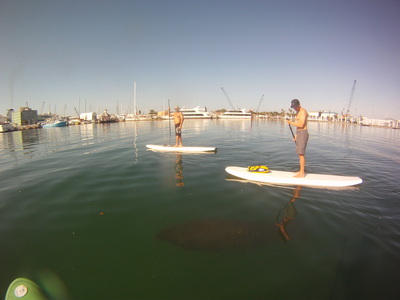
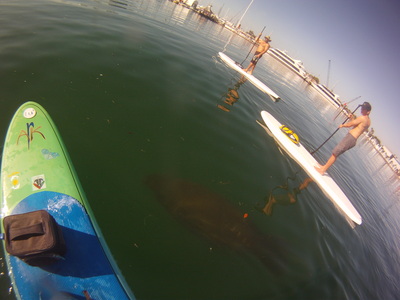
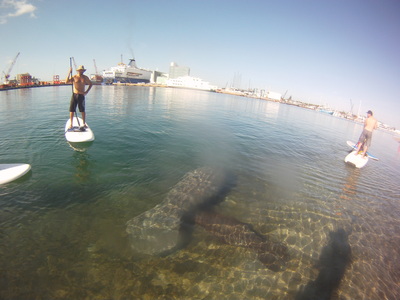
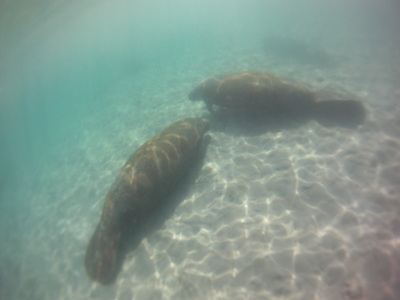
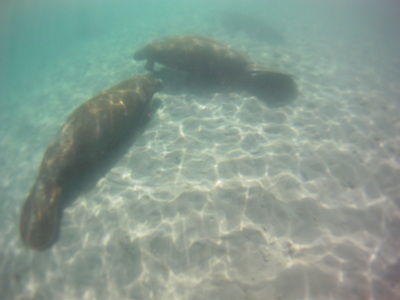
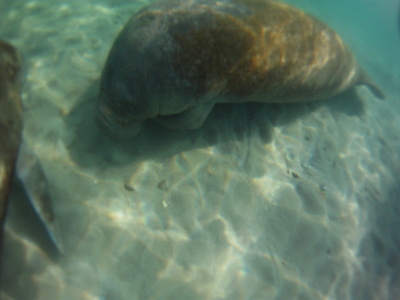
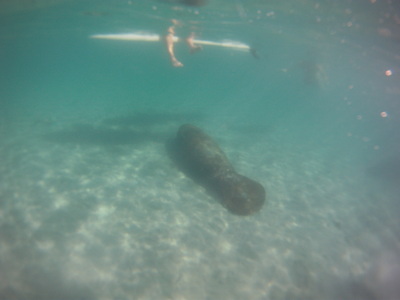
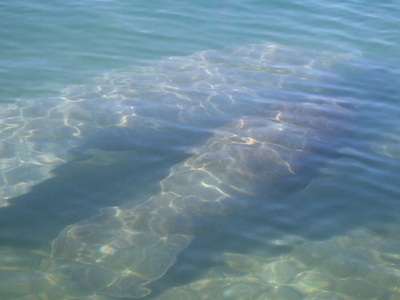
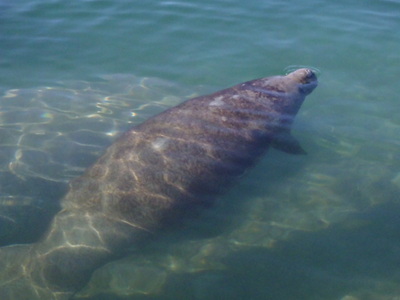
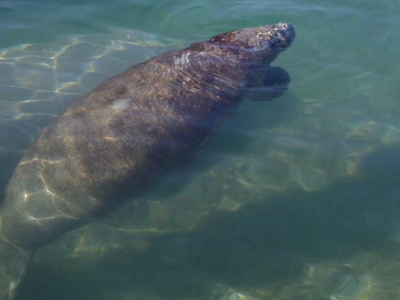
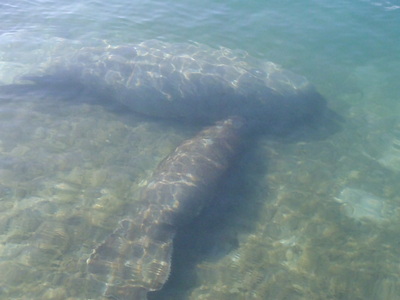
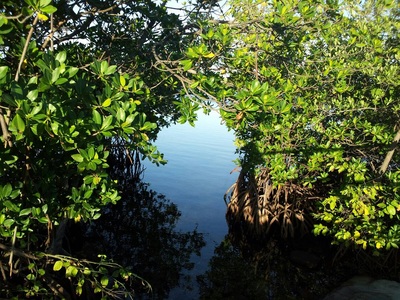
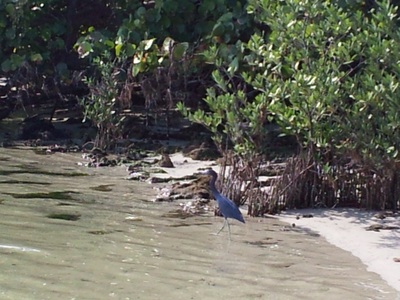
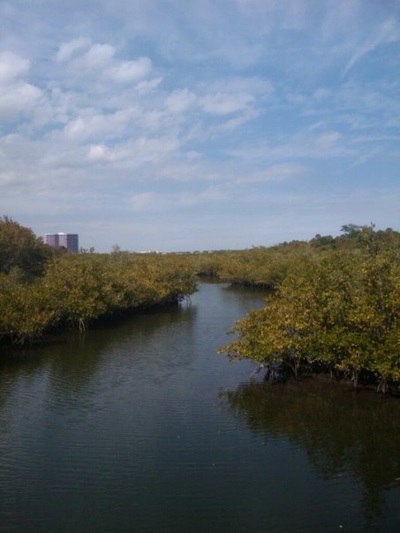
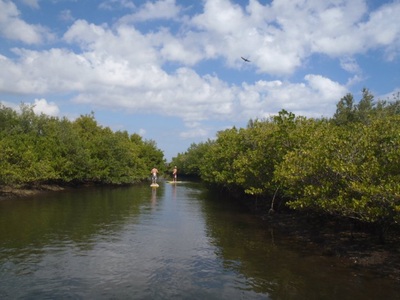
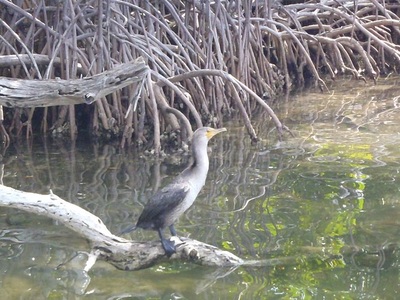
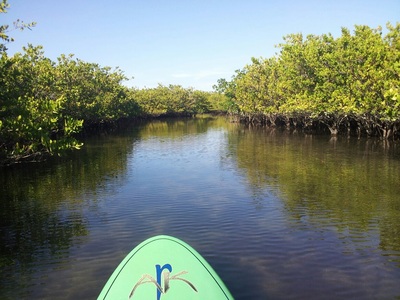
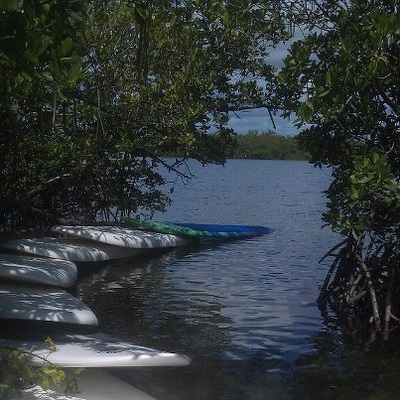
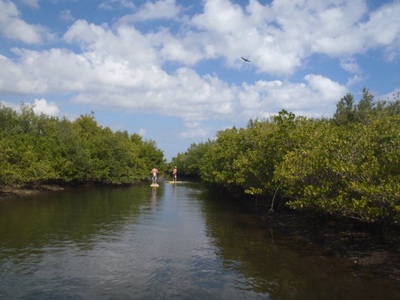
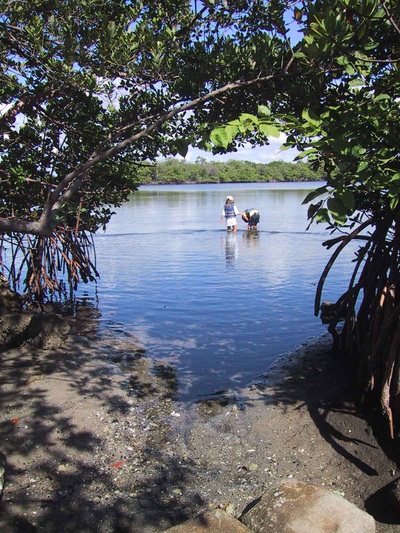
 RSS Feed
RSS Feed